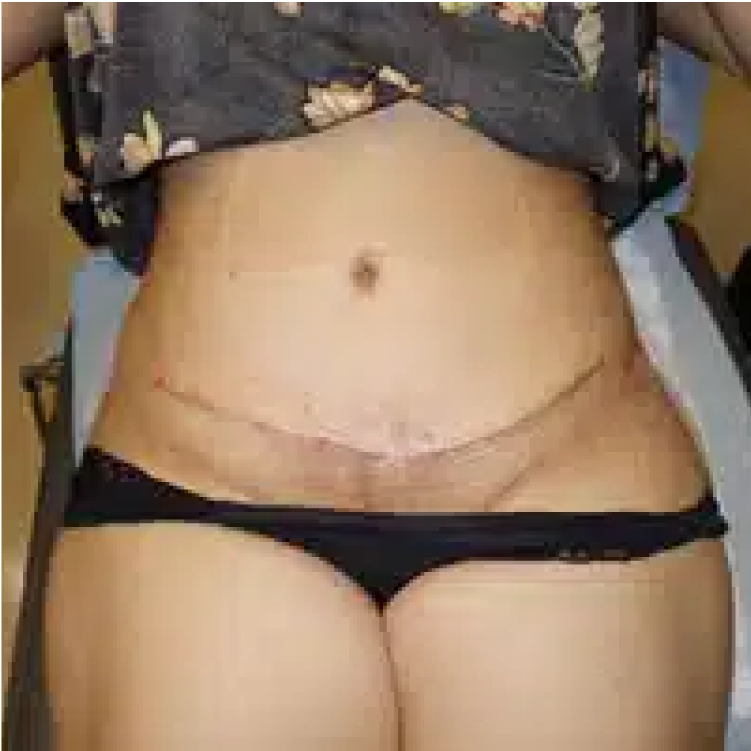Breast
Breast AugmentationBreast LiftBreast ReconstructionBreast ReductionFat Transfer Breast AugmentationTop Surgery.webp)
PROCEDURE GUIDE
.webp)
Discover real patients just like you.
Causes of excess, loose and sagging skin include:
After weight loss or pregnancy, it’s common to have loose skin or a protruding abdomen that doesn’t improve with diet and exercise alone. A tummy tuck (abdominoplasty) is a surgical procedure designed to remove excess skin and fat while tightening the abdominal muscles. The result? A smoother, flatter, and more sculpted stomach -helping you feel more confident in your body.
It’s important to know that a tummy tuck is not a weight loss procedure. It won’t remove internal fat stored deep within your abdomen. If your stomach feels firm but still appears large, weight loss may be recommended before surgery. During your consultation, we’ll assess whether a tummy tuck is right for your body type and goals.
It’s completely normal to want to address a protruding belly or sagging skin after pregnancy, weight loss, or aging. While many patients seek tummy tuck surgery to remove loose skin, here are several added reasons to consider:
Flatten and reshape a protruding abdomen -one not consistent with the body’s proportions
Improve overall tone in the abdominal and stomach muscles for strength and support
Eliminate skin problems in the skin fold under the abdomen
Remove those areas of fat that simply won’t respond to exercise or dieting
Smooth and minimize C-section scars and stretch marks
Tighten weakened or separated abdominal muscles (diastasis recti)
Repair abdominal muscles that are overly stretched out

This patient experienced severe abdominal muscle separation (Diastasis Recti) following pregnancy, which caused her internal organs to push forward—resulting in a persistent “pregnant” look despite weight loss and exercise. Through a personalized tummy tuck (abdominoplasty), we repaired the separated muscles, removed excess skin, and restored a flatter, firmer, and more balanced abdominal core.
.webp)
At 50 years old, this patient underwent a full tummy tuck (abdominoplasty) to remove 1,465 grams of excess skin and fat. We also performed liposuction to remove 3,200 cc of fat from her upper abdomen and flanks (love handles), helping to sculpt a more defined waistline. Her post-operative photo shown here is just 3 months after surgery.
A drain-free tummy tuck is a cutting-edge surgical technique pioneered by the SixSurgery team, designed to improve patient comfort, minimize downtime, and deliver exceptional aesthetic results. Unlike a traditional tummy tuck—which typically requires surgical drains for at least a week post-op—our drain-free approach eliminates the need for drains entirely, offering a smoother and more comfortable recovery experience.
This advanced method uses progressive tension sutures (such as Quill® sutures) along with targeted anesthetic blocks to securely anchor tissue layers, reduce fluid buildup, and enhance abdominal contouring. The benefits include:
• Faster, more comfortable recovery
• Reduced risk of complications like seromas
• A thinner, lower, and more discreet scar
With our drain-free abdominoplasty, patients can expect a streamlined healing process and beautifully natural results—all without the hassle of post-op drains.
A tummy tuck is ideal for individuals struggling with loose abdominal skin, weakened core muscles, or stubborn fat that doesn’t respond to diet or exercise. This procedure helps restore a firmer, flatter midsection by tightening the abdominal wall and removing excess skin and fat. Our typical candidates include:
• Men and women who have lost a significant amount of weight
• Mothers with stretched or separated abdominal muscles (diastasis recti) following pregnancy
• Active, fit individuals with a persistent lower belly “pooch” or bulge
If you have loose skin, abdominal laxity, or noticeable external abdominal fat (fat you can pinch), you may be an excellent candidate for abdominoplasty (tummy tuck surgery). During your consultation, we’ll assess your anatomy and goals to determine if this transformative procedure is right for you.
.webp)
Be in good overall health
Have a BMI under 30 and be at a stable weight
Be non-smokers
Have realistic expectations about the outcome
If you have a significant amount of loose, sagging skin, stretch marks, or weakened abdominal muscles (diastasis recti), a full tummy tuck may be the best option. This procedure addresses both the upper and lower abdomen, tightens the abdominal wall, and removes excess skin for comprehensive results.
On the other hand, if your concerns are limited to a smaller area below the belly button with minimal muscle separation, you may be a good candidate for a mini tummy tuck. This less invasive version focuses on refining the lower abdomen with a shorter incision and quicker recovery time.
During your consultation, our surgical team will evaluate your anatomy and goals to recommend the most effective approach for your needs.
.webp)

The patient on the left displays significant loose, pinchable skin—a classic sign of an ideal tummy tuck (abdominoplasty) candidate. This type of skin laxity is often the result of major weight loss or pregnancy and can be effectively removed during surgery to create a smoother, firmer abdominal contour.
The patient on the right has a firm, protruding abdomen with little to no loose skin. This fullness is most likely caused by internal (visceral) fat, which lies beneath the abdominal muscles and surrounds the organs. Because this type of fat cannot be removed surgically, weight loss is recommended prior to undergoing a tummy tuck. Performing abdominoplasty at this stage would not produce significant visual improvements or achieve the desired core contour.
Key takeaway: If you can grab and pinch it, you're likely a candidate. If your belly feels firm and tight, weight loss may be needed first.
If you're considering a tummy tuck, Brazilian Butt Lift (BBL), or abdominal liposuction, it's essential to understand the difference between internal (visceral) fat and external (subcutaneous) fat—as only one can be removed surgically.
Internal fat, also known as visceral fat, is stored deep within the abdominal cavity. It surrounds vital organs like the liver, intestines, and stomach. A classic example is a “beer belly” where the abdomen is hard, round, and protrudes outward.
How to remove internal fat?
Since visceral fat is so closely wrapped around your internal organs, it cannot be removed through liposuction or surgery. Attempting to do so would risk damaging those organs and could lead to life-threatening complications. This type of fat cannot be pinched and often feels firm to the touch. For this reason, internal fat must be reduced through diet, exercise, or in some cases, bariatric procedures like gastric sleeve, bypass, or lap band surgery.
Subcutaneous fat sits just beneath the skin and is the soft, pinchable fat you can grab with your hands. This is the type of fat that can be removed surgically through procedures like liposuction or tummy tuck (abdominoplasty) for a smoother, more contoured appearance.
.webp)
.webp)
How to remove External fat?
External (subcutaneous) fat lies just beneath the skin. This is the pinchable, soft fat that a plastic surgeon can safely remove with liposuction or excise during procedures like a tummy tuck. This is the ONLY type of fat that can be sculpted or reshaped with cosmetic surgery.
For those without medical training, it can be difficult—if not impossible—to distinguish between these two fat types based on appearance alone. Two people may have similar-looking bulging bellies or love handles, yet the source of that fullness may be very different.
Pinch it. If you can pinch it, you can likely treat it with plastic surgery. When you do pinch, however, realize that you are pinching a layer of fat that is folded over (see the video on this page) therefore in effect the real fat thickness is half of the pinch thickness.
There are several different types of tummy tuck procedures, and the SixSurgery team will help determine the right option for your body and goals. This decision is based on your skin laxity, amount of excess fat, and the degree of muscle separation (diastasis recti).
(Full Tummy Tuck)
A full tummy tuck addresses both the upper and lower abdomen. This includes complete repair of the abdominal muscles and removal of excess skin.
(Miny Tummy Tuck)
A mini tummy tuck targets only the lower abdomen, below the belly button.
(Extended Tummy Tuck)
An Extended abdominoplasty is recommended for patients with a larger amount of loose skin that extends to the sides of the abdomen.
(Body Lift / 360° Abdominoplasty)
For patients with a large amount of excess skin and fat in the back and hip area as well as the abdomen, a circumferential abdominoplasty can be considered.
%203.webp)
1-5 Hours
Wide incisions (typically hip to hip)
3–6 months for full recovery
More expensive
Removes excess skin
Tightens abdominal muscles (diastasis recti)
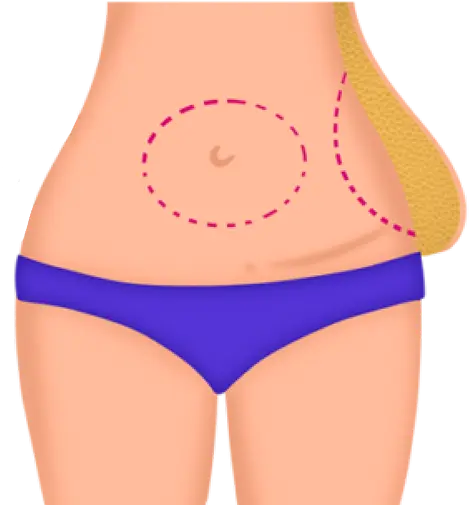
1–3 hours
2–3 Small Incisions
3 months for visible results (swelling may last longer)
Can be less expensive
Removes fat only — does not tighten skin or repair muscles
Following your abdominoplasty (tummy tuck), some bruising, swelling, and temporary water retention is completely normal. You may notice a slight increase in weight initially — this is due to fluid buildup and will resolve within one to two weeks.
Internal fat, also known as visceral fat, is stored deep within the abdominal cavity. It surrounds vital organs like the liver, intestines, and stomach. A classic example is a “beer belly” where the abdomen is hard, round, and protrudes outward.
This is when discomfort is most noticeable. Thanks to advanced surgical techniques used by the SixSurgery team, most patients find their pain is easily managed with prescription medication.
You’ll likely feel a dramatic improvement in comfort and mobility.
Swelling begins to subside, and your slimmer, flatter contour starts to become visible. You may need to limit your physical activity from four to six weeks.
You may need to limit your physical activity from four to six weeks.Most patients can return to normal activities. However, if your abdominal muscles were repaired for diastasis recti, you should avoid any strenuous movement or core strain during this time.
While some changes are visible within the first two weeks, final results may take several weeks to a few months to fully appear, as swelling gradually resolves. Over time, you’ll notice a tighter, smoother, and more toned abdomen that better fits your frame and body proportions.
To promote proper healing and the best long-term results, we strongly recommend preparing with high-quality recovery items such as:
Shop curated, surgeon-approved Tummy Tuck Recovery Kits at Recovery Market.
Your journey begins with a private consultation at the SixSurgery. During this visit, your surgeon will carefully assess your concerns, review your medical history, and help you determine whether a tummy tuck is the right solution for your goals.
You’ll receive honest, personalized advice on:
You’ll also have a chance to view real before-and-after photos of past patients with similar body types to help visualize your potential outcome.
One of the most important factors in determining candidacy is the type of fat present in your abdomen. If your belly is primarily caused by internal (visceral) fat, it cannot be removed with surgery.
If your BMI is over 30, or your exam suggests you carry a large amount of intra-abdominal fat, the SixSurgery team will recommend weight loss before proceeding with surgery. This ensures you get the best possible results while keeping safety the top priority.
📸 In the example shown, the patient underwent weight loss prior to her tummy tuck, resulting in a dramatically flatter and more sculpted outcome.
.webp)
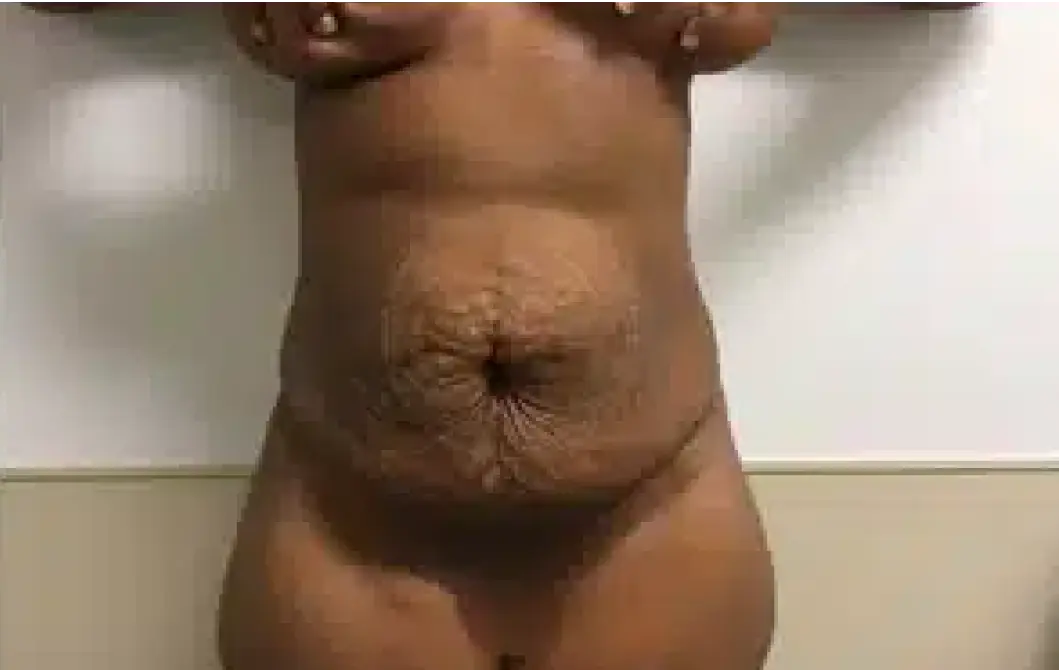
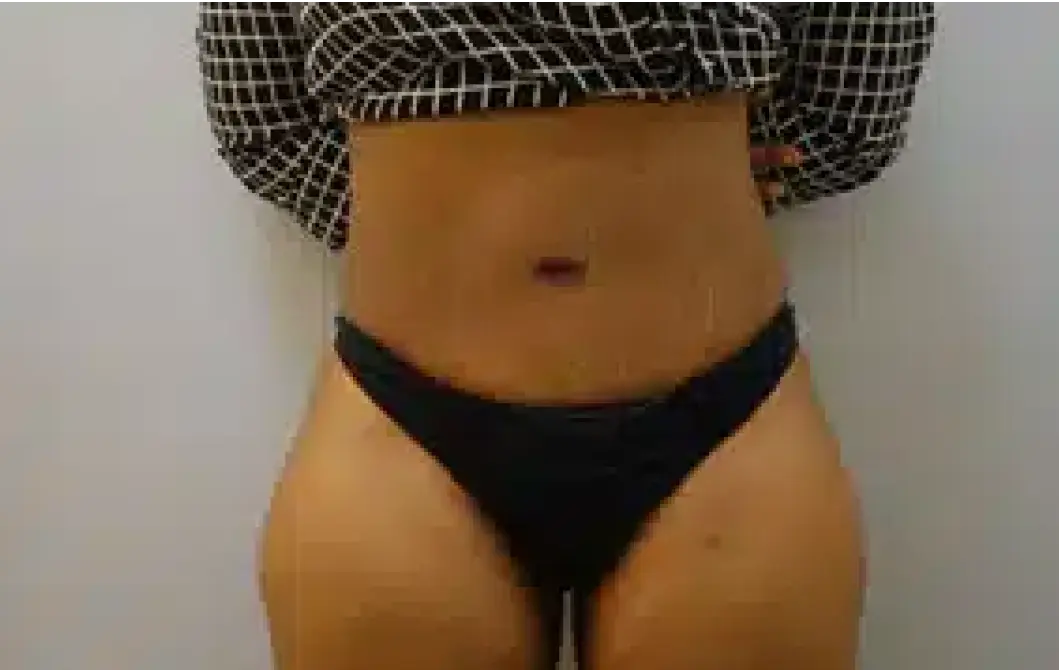
.webp)
The best way to determine if a tummy tuck is the right procedure for you is to have an initial consultation with our SixSurgery Consultation expert. You will have an opportunity to discuss your goals and expectations with the team, and ask any relevant questions you have about the surgery.
During your initial consultation, we will:
Be in good overall health
Discuss the part of your body that you would like treated
Provide recommendations based on you needs and your goals
The SixSurgery team will listen to your needs, expectations, and your desired outcome from the surgery. We will review all the surgical options that are available to you, and you will be able to tour our state-of-the-art facility and meet with our caring staff that will be part of your team.
The tummy tuck surgery will be performed in our certified and accredited medical facility located inside the luxurious Royal York Hotel., Tummy tucks generally take anywhere from 2 to 3 hours. The length of your surgery will depend on your body type and the amount of work that is required.
The procedure begins a with general anesthesia. You will be completely asleep during the surgery.
In a traditional tummy tuck, an incision is made horizontally in the area between the public hairline and the belly button. The amount of excess skin will determine the length of the incision.
The skin will be dissected up toward the rib cage, the muscles are tightened and the belly button is repositioned while excess skin is removed. This helps to dramatically improve the appearance and strength of the abdominal area. The SixSurgery team may recommend having liposuction along with the tummy tuck to provide optimal results.
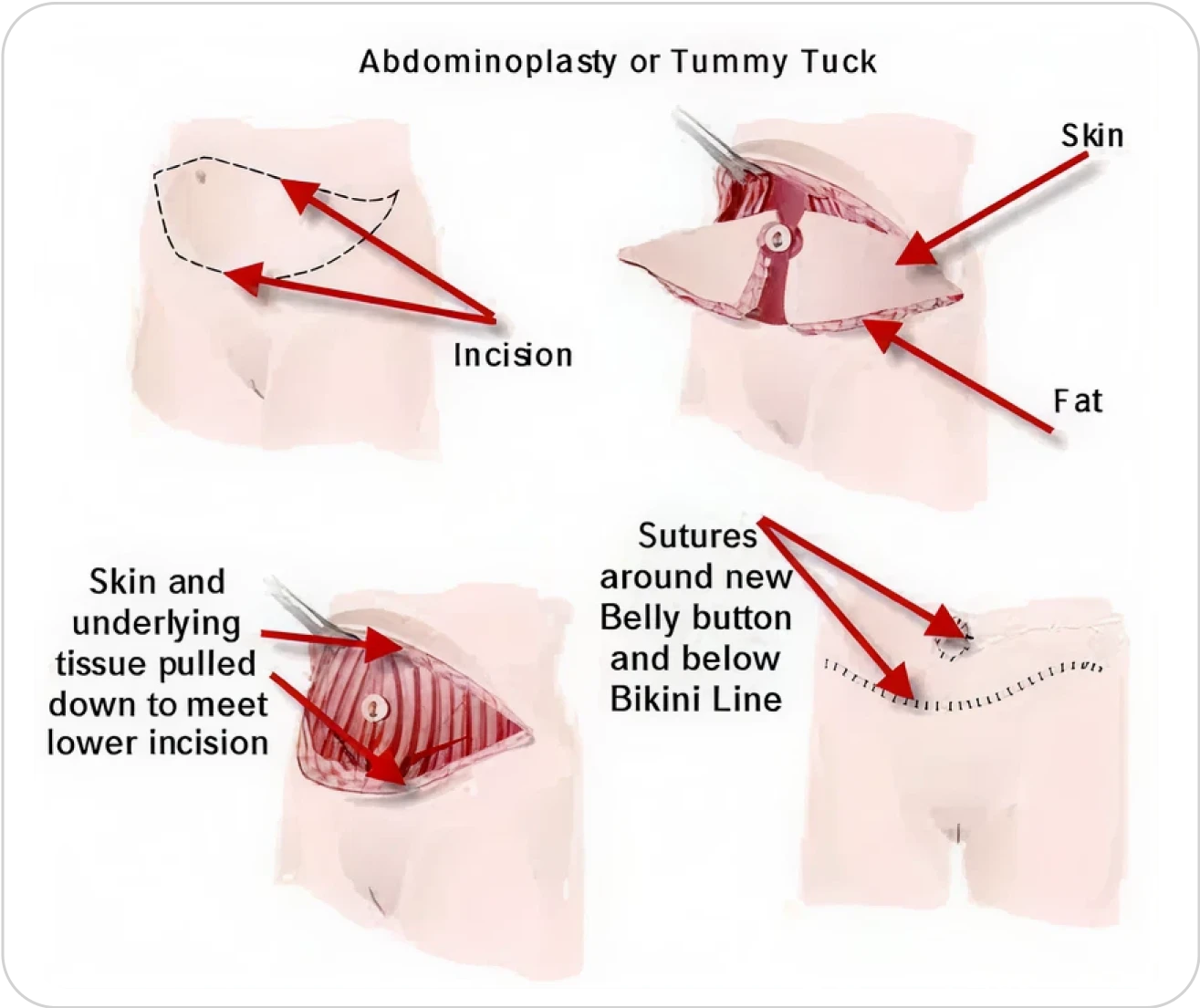
After the excess fat and skin are removed, the remaining skin from the upper abdomen is released and pulled down over the open area to close it. After the muscles are tightened the skin is contoured to the new, flat abdominal shape.
Once the procedure is completed, the incision will be sutured and bandaged. You may be given an elastic bandage or compression garment to wear in order to minimize swelling to support the abdomen as it heals.
Following your surgery you will recover in one of the beautiful Fairmont Royal York Hotel rooms. You will receive a care package from us and our staff is available to you while you stay with us. Should you desire, full room service is available to you.
You will see our SixSurgery nurses the day after your procedure and at specified intervals during the weeks following your surgery. This is done so that your surgeon can personally monitor your recovery process, and to ensure that you have the best results possible.
Muscle repair (repair of rectus diastasis) that takes place during a tummy tuck repositions separated abdominal muscles which were stretched and separated during a pregnancy. In mild cases of rectus diastasis , abdominal workouts and physio may be helpful. However with more significant muscle separation no amount of sit ups, physio, diet or exercise will correct the separation. In such patients, surgical muscle repair (diastasis repair) is the only effective treatment.
.webp)
.webp)
There are many differences between a mini tummy tuck and a full tummy tuck. The main difference is that with a mini tummy tuck the area at and above the navel is not treated, so there is no scar or repositioning of the belly button. Other differences include:
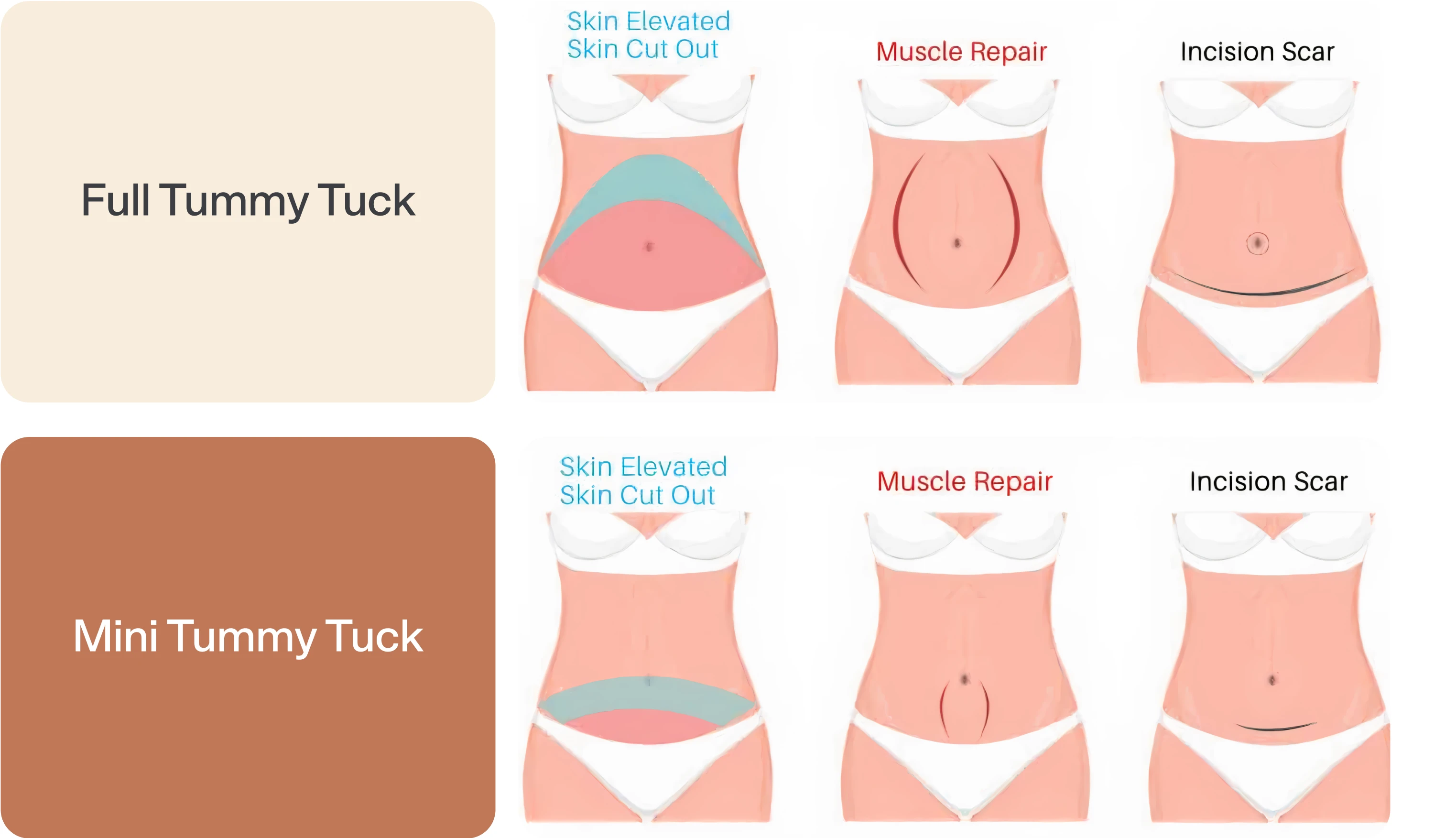
A full tummy tuck involves a scar that typically runs from hip to hip. We make every effort to keep the scar as low as possible so that when you wear your pants or a bikini, the scar is hidden. There is also a scar around the belly button. A mini tummy tuck does not have a belly button scar.
These scars take several months to fade, and a year to fully mature.
Can the scar be shorter? The tummy tuck scar length varies in length from patient to patient. The length is determined by your existing fold and how much loose skin you have. If you look in a mirror and see the fold where your skin folds over, this can help estimate the extent of your scar. Trying to cheat and make the
incision shorter results in unnatural looking folds/lumps on at the sides of the incision and insufficient removal of loose skin. If you are unsure about how long your scar would be, you can always send us your picture for an assessment.
.webp)
While the tummy tuck, or abdominoplasty, is designed to create an abdominal profile that is smoother and firmer, an alternative procedure is a panniculectomy. This is NOT a tummy tuck, this is an ‘amputation’ of the loose skin in patients who have lost >100lb and have medical problems due to the excessive skin. This is NOT a cosmetic procedure and the goal of surgery is not to improve appearance. This procedure can be performed alone or in combination with a tummy tuck, and is done to remove the skin hanging on the abdomen, called the “pannus” or apron. It runs from below the belly button, and is usually a result of losing significant amounts of weight – approximately 100 pounds or more. It is often done at the same time as the tummy tuck.
While the tummy tuck tightens the underlying stomach muscles, the panniculectomy only removes the excess skin and fat required for medical reasons.
After losing a significant amount of weight, excessive loose skin may lead to a variety of medical concerns. These include:
Difficulty performing daily hygiene
Yeast infections or cysts in the folds of the skin
Lower back pain
Inability to comfortably wear clothing
Rashes above the pubic area along the groin and hips
Patients requiring panniculectomy have overcome obesity and have recently lost a significant amount of weight. They also may have post-pregnancy problems with excessive fat that is situated below the belly button. Depending on the amount of excess skin you have and the condition of your abdomen, your surgeon will determine the best procedure or procedures to meet your specific needs.
Patients are considered candidates for panniculectomy if they have:
Excessive fat that presents health problems like repetitive infections, skin rashes, ulcers or other skin disorders
Weight that’s been stabilized for at least one year
An ongoing diet and exercise plan
An approval from OHIP is require prior to considering this surgery
Avoid any vigorous exercise, heavy lifting, or the gym for 6 weeks after the surgery. Failure to do so will lead to loss of muscle repair, and abdominal bulging (throughout the entire abdomen, around the belly button, or in the upper or lower abdominal area), Although complications following Abdominoplasty are infrequent; the following may occur:
The risk of these specific complications is increased in patients with increased BMI and previous abdominal surgeries. If left untreated these complications may be fatal.
One of the possible complications after a tummy tuck is skin necrosis in the midline, as that has the poorest blood perfusion after a tummy tuck. If this happens, the management is to allow the area to heal and once fully healed, your SixSurgeon will then come back and perform a reconstruction using a tissue expander. This will be used to stretch the normal uninjured skin to allow for the reconstruction.
A patient after a tummy tuck, suffering from skin necrosis in the midline. This area will be treated conservatively and allowed to heal before areconstruction is possible.
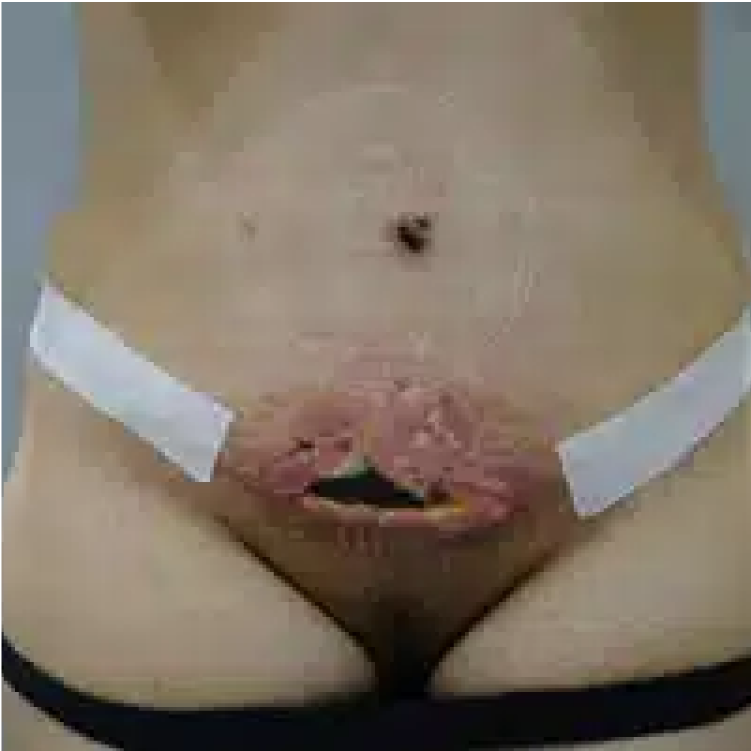
The necrotic area seen after it has completely healed. You also can see markings outlining the area of the skin that will be stretched out to help reconstruct the defect
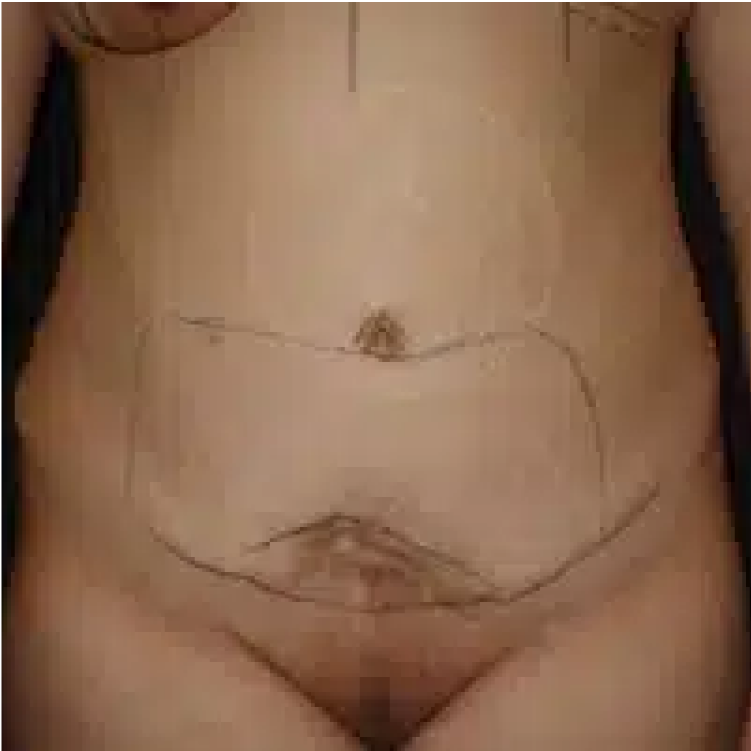
Patient seen with a tissue expander in place, stretching the good skin
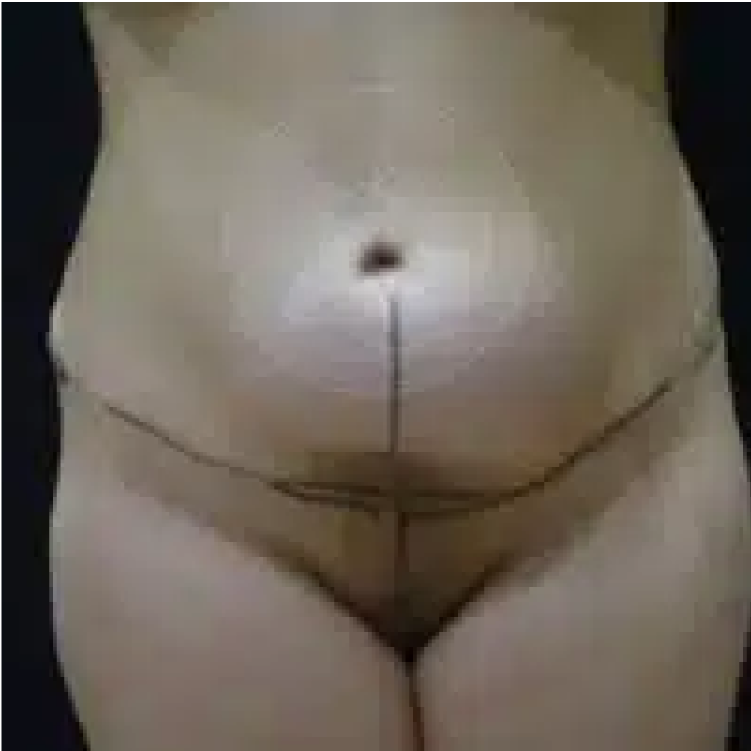
Abdominal wall defect reconstruction with tissue expansion. Patient is seen here shortly after reconstruction
